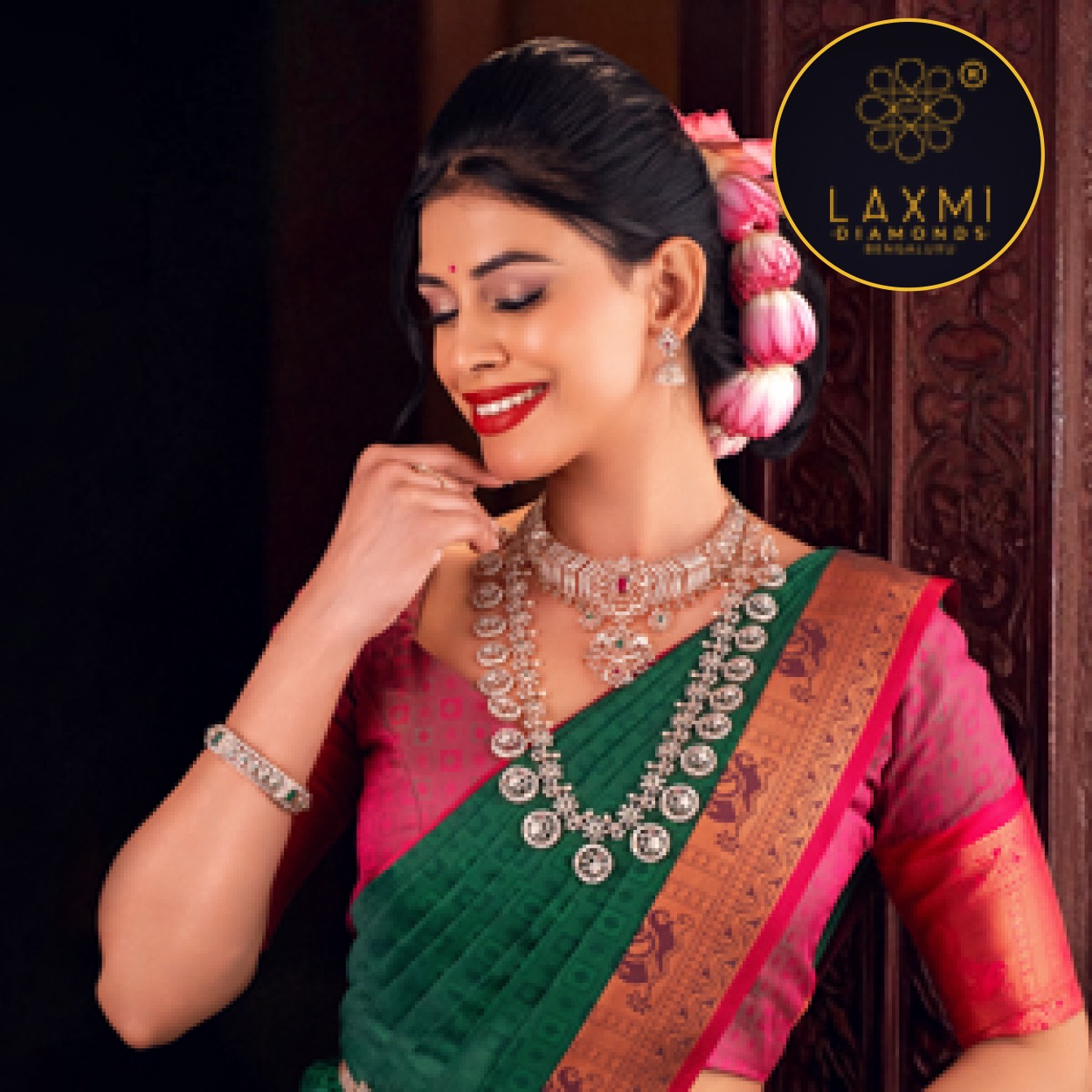JB Insights
The State of Fashion:Luxury 2025
McKinsey & Company and BoF Insights report
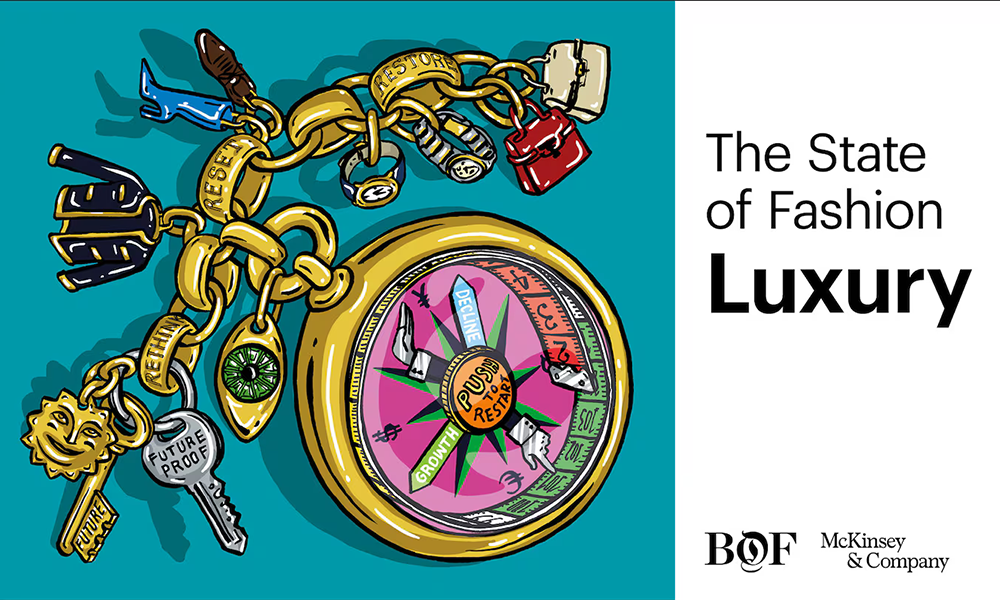
Global fashion faces challenging landscape
The ninth annual State of Fashion report by McKinsey & Company and BoF Insights highlights the challenging landscape the global fashion industry faces in 2025. With economic uncertainty, changing consumer behaviors, and evolving market dynamics, the year is expected to be a critical juncture for many brands.
Overview
Economic Challenges: 80% of executives foresee no improvement in the industry, and only 18% rank sustainability as a top concern, down from 29% in 2024. Consumer confidence and spending remain major issues.
Key Drivers: Price sensitivity, the rise of dupes, climate change acceleration, and reshuffled global trade create a difficult environment.
Geographic Shifts: Growth engines in Asia, particularly India, Japan, and Korea, are becoming pivotal as China faces economic challenges.
Themes Driving the Agenda
Trade Reconfigured: Brands are diversifying sourcing to align with evolving trade policies and sustainability targets. Nearshoring and political alignment are critical considerations.
Asia’s Growth Engines: While China slows, India, Japan, and Korea are emerging as vital markets for growth.
Discovery Reinvented: AI-driven curation in e-commerce promises to help overwhelmed shoppers navigate abundant choices.
Silver Spenders: The growing over-50 demographic offers new opportunities for incremental growth, emphasizing the need for inter-generational appeal.
Value Shift: Resale, off-price, and dupe markets are flourishing as consumers seek better value amid persistent economic pressures.
The Human Side of Sales: Enhancing in-store experiences by empowering well-trained sales staff can drive demand for physical retail.
Marketplaces Disrupted: Online non-luxury marketplaces face existential challenges, struggling with declining demand and rising customer acquisition costs.
Sportswear Showdown: Challenger brands are rapidly gaining market share, driving competition in the dynamic sportswear segment.
Inventory Excellence: Advances in inventory management and agile supply chains are key to addressing margin pressures and meeting sustainability goals.
The Sustainability Collective: Collective action is essential to meet decarbonization goals despite consumer reluctance to pay premiums for sustainable products.
Looking Ahead
The industry’s outlook remains sluggish, with revenue growth stabilizing in low single digits. Luxury’s dominance in profit creation is challenged by non-luxury segments for the first time since 2010. Brands that act nimbly to address geographic shifts, demographic changes, and technological innovations will find opportunities amid the turbulence.
Growth in the jewellery sector will be fueled by rising demand from ultra-high spenders and continuous investment from luxury houses in technology and expertise.
The new playbook for 2025 emphasizes adaptability, localization, and sustainability, while redefining value and consumer engagement. The fashion sector must innovate, embrace technology, and prioritize long-term resilience to navigate this period of reckoning successfully.
JB Insights
The JewelBuzz E-zine: Your Fortnightly Pulse of the Jewellery Industry
India Strengthens Its Global Leadership in Lab-Grown Diamonds
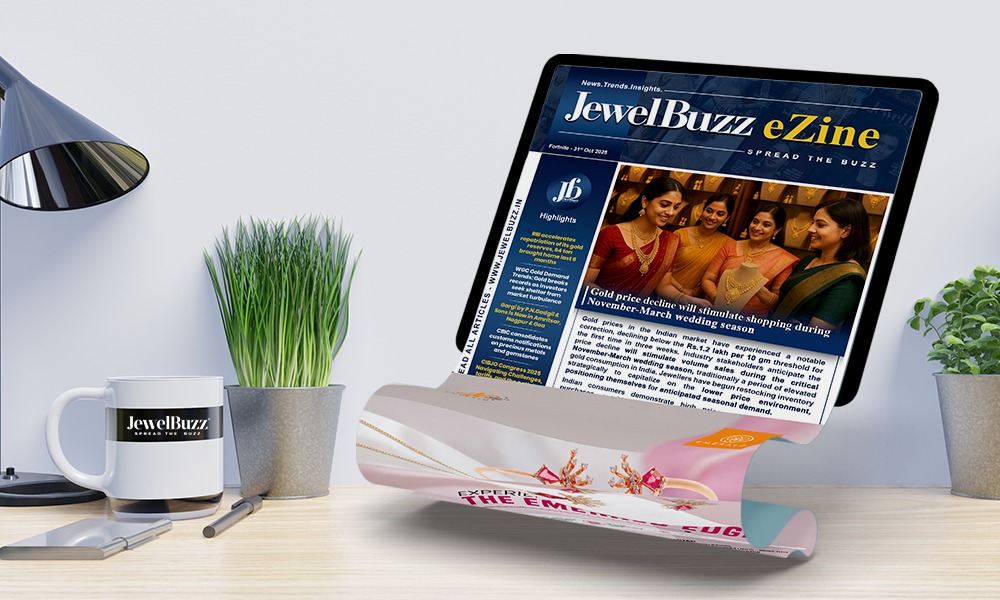
The JewelBuzz E-zine, the digital newsletter from A M MEDIA, is published every fortnight and offers a concise yet comprehensive roundup of industry news, developments, brand launches, and retail expansions over the past 15 days. With its user-friendly format and wide digital reach, it has become a preferred platform for both JewelBuzz readers and advertisers alike.
This Edition’s Top Headlines & Key Developments:
This fortnight’s edition features major news on gold repatriation, market trends, retail expansion, regulatory updates, industry congress highlights, and a significant celebrity brand partnership. Key topics include: RBI accelerates gold repatriation, WGC Gold Demand Trends on investor shelter from market turbulence, Gargi by P.N.Gadgil & Sons’ retail expansion in Amritsar, Nagpur & Goa, CBIC’s consolidation of customs notifications on precious metals and gemstones, the CIBJO Congress 2025 focusing on challenges, tariffs, and sustainability, and Jennifer Lopez being named the new Brand Ambassador for Zen Diamond.
Stay connected with JewelBuzz Magazine on whatsApp and across all platforms! Follow us on Instagram, stay updated through our Facebook Profile ,Facebook Page, catch the latest highlights on Twitter, and explore exclusive videos on our YouTube Channel. We’re also on LinkedIn and Pinterest – your trusted sources for the latest in jewellery trends, news, and industry updates.
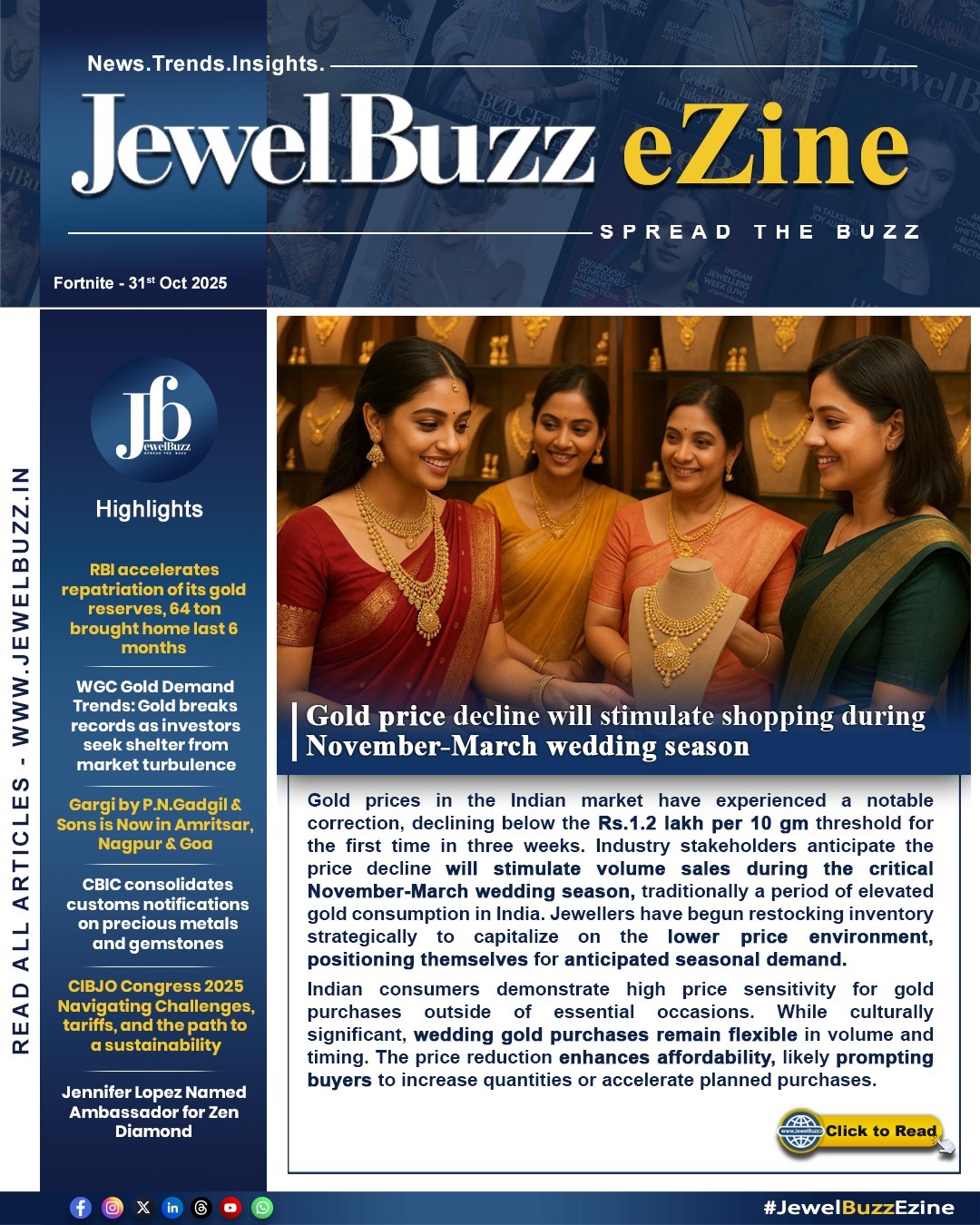
-
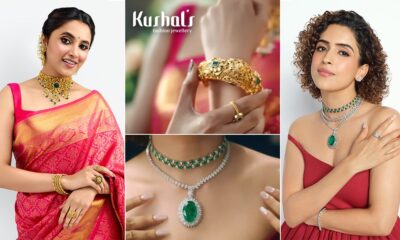
 GlamBuzz3 hours ago
GlamBuzz3 hours agoKushals Fashion and Silver Jewellery shines bright with Sanya Malhotra as its Brand Ambassador in the North and Priyanka Mohan in the South
-

 JB Insights3 hours ago
JB Insights3 hours agoIndia’s Lab-Grown Diamond Exports Reach Record High in 2025
-

 International News3 hours ago
International News3 hours agoTitan Forms New UAE Subsidiary to Drive Damas Acquisition and Consolidate GCC Jewellery Business
-

 JB Insights2 hours ago
JB Insights2 hours agoThe JewelBuzz E-zine: Your Fortnightly Pulse of the Jewellery Industry




